Avoid common mistakes when botanicals are mixed into drinks like smoothies, tea and wellness shots without losing potency or risk side effect
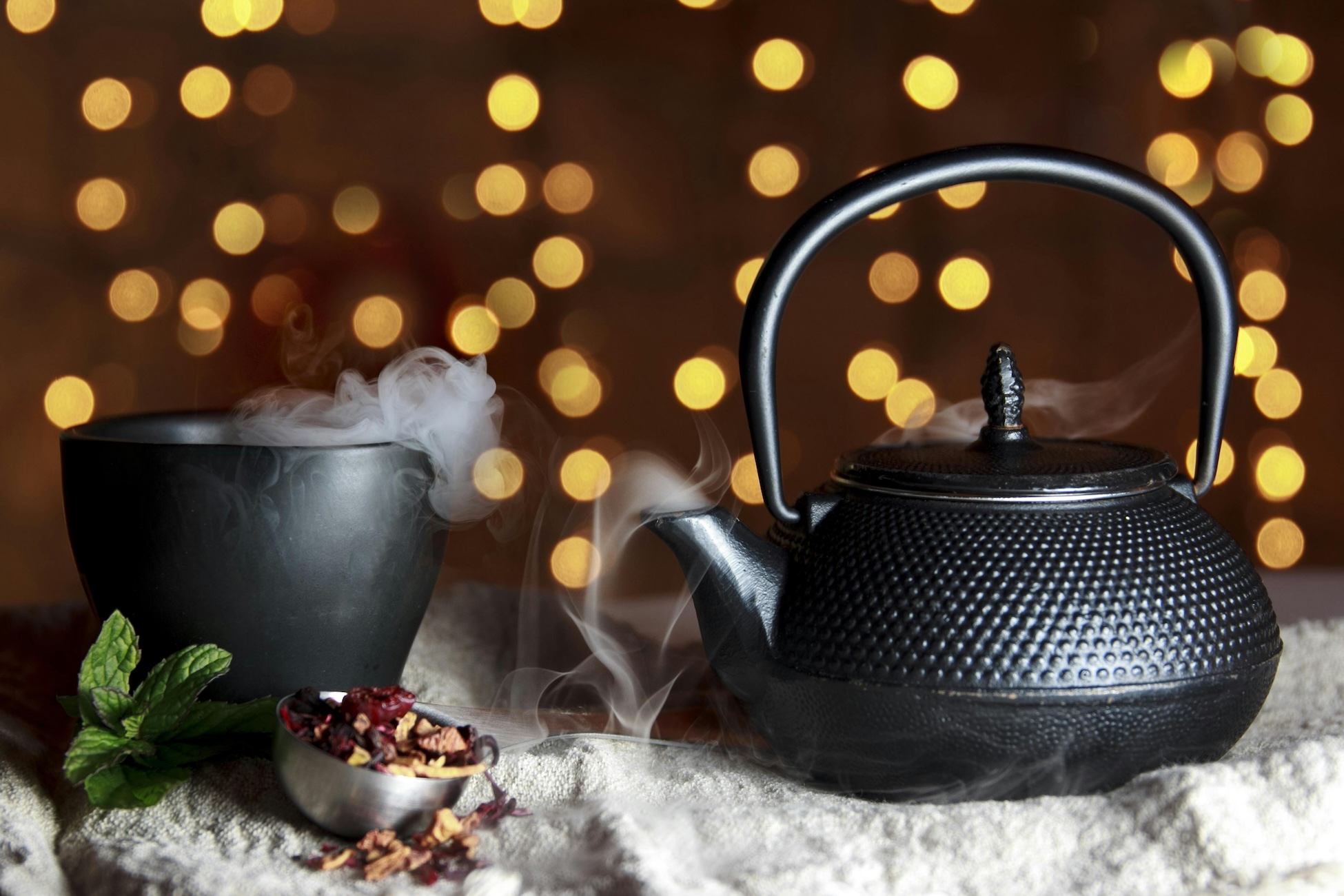
Many people are adding botanicals like kratom, kava, turmeric, or ginger into smoothies, herbal teas, and wellness shots. But just because something is “natural” doesn’t mean it blends well or works as expected.
From gritty textures to lost potency, poor mixing technique can make a functional botanical drink nearly useless, or at the very least, unpleasant to take. Worse, some combinations may reduce bioavailability or increase side effects.
This guide covers common mistakes when combining botanicals into drinks and offers simple, safe techniques to help you get better results.
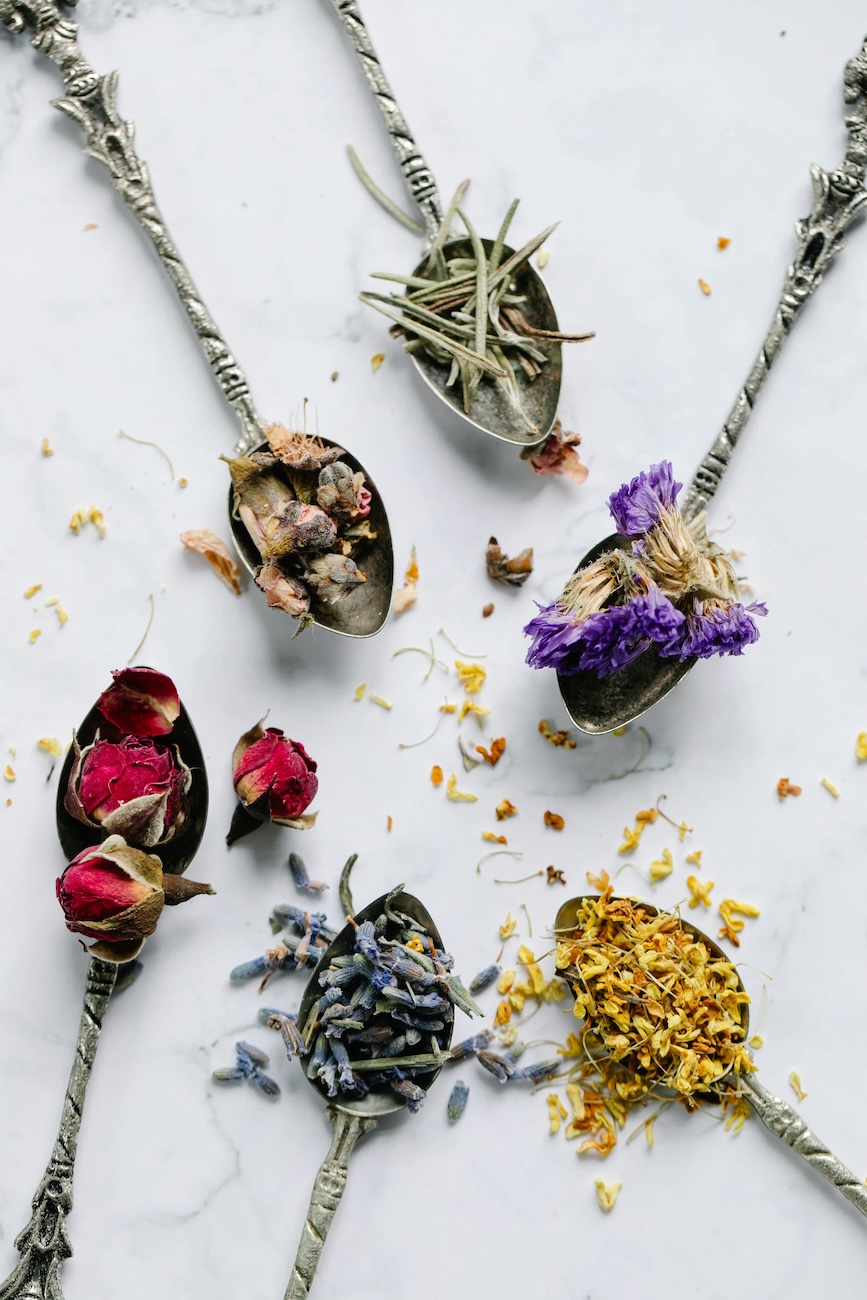
Why Mixing Botanicals Takes More Thought Than It Seems
Mixing herbs into drinks isn’t like throwing fruit into a blender. When it comes to flavored kratom or other botanicals, things get more technical. Many of these herbs:
- Contain fat-soluble or heat-sensitive compounds
- Have strong, bitter, or earthy flavors
- Need emulsifiers or a specific pH to dissolve correctly
- May interact with other ingredients in unpredictable ways
Knowing how to preserve the functional benefits of herbs, while still making them taste good, starts with understanding what not to do.
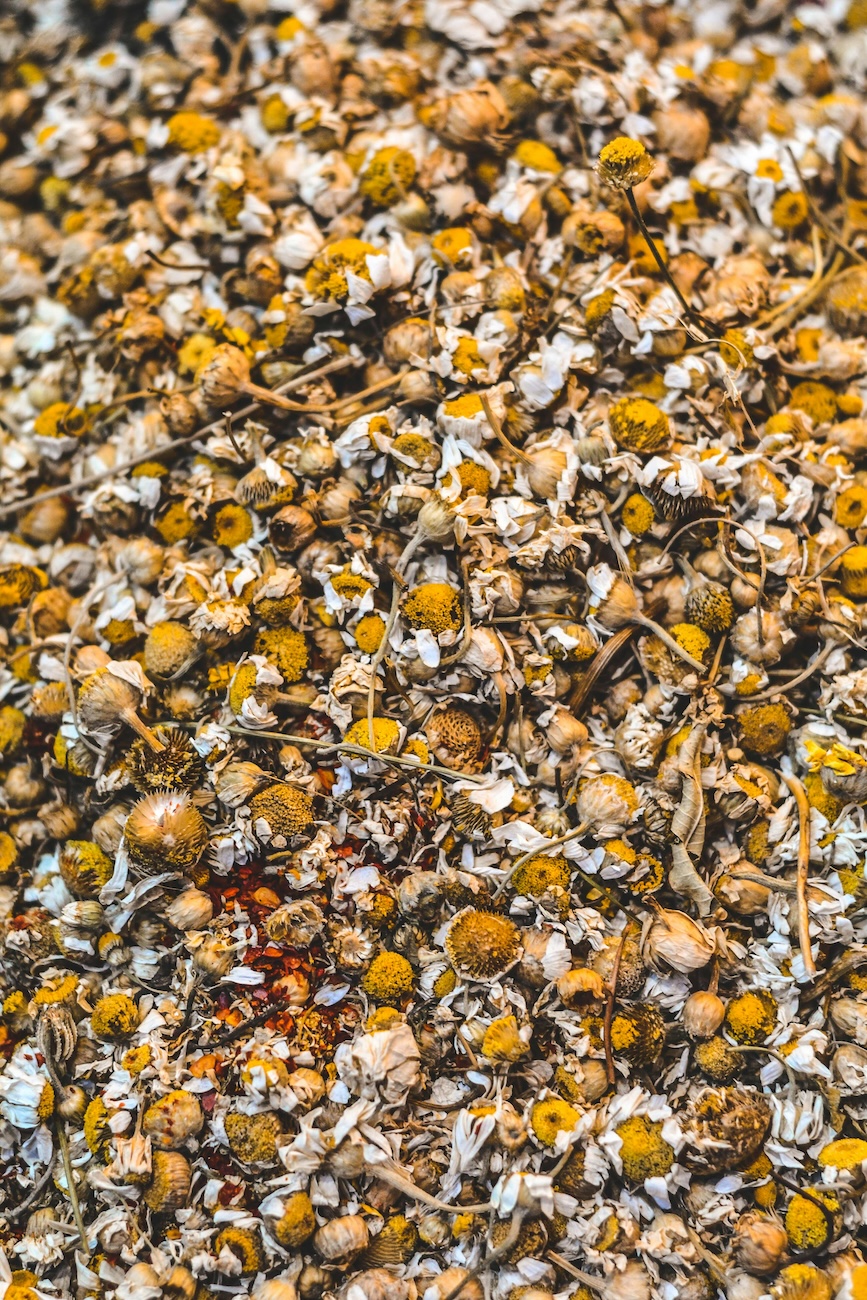
Most Common Mistakes When Mixing Herbs into Drinks
These are the issues that come up most often when people make kratom smoothies, turmeric shots, or kava-infused teas.
1. Using Too Much at Once
More isn’t always better. Overdosing on kratom, kava, or adaptogens can lead to nausea, dizziness, or overly sedating effects.
What to do instead:
- Start small, especially if you’re using multiple botanicals.
- Understand how each ingredient behaves on its own before combining.
2. Mixing With the Wrong Liquid Base
Some herbs don’t blend well in plain water. Kratom, for example, tends to clump unless stirred constantly or mixed with acidic liquids.
Try this:
- Use citrus juice or slightly warm water to help disperse the powder.
- For fat-soluble herbs (like turmeric), add a small amount of healthy fat.
3. Destroying Potency Through Heat
Boiling or microwaving delicate herbs like kratom can degrade their active compounds.
What to avoid:
- High heat after mixing.
- Long exposure to boiling water.
Better option:
- Steep in warm (not boiling) water for teas.
- Add extracts or powders after a hot drink has cooled slightly.
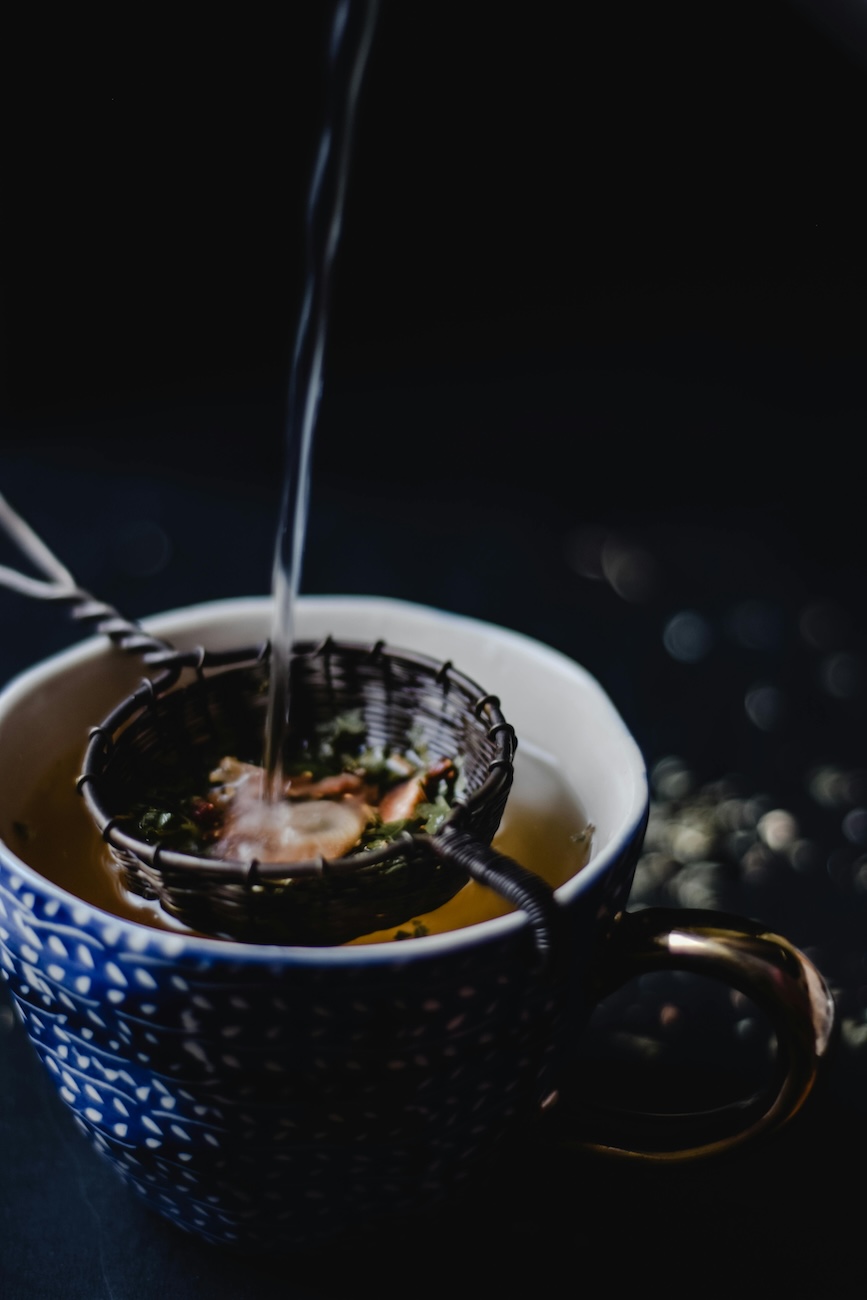
4. Forgetting the Emulsifier
Some powdered herbs don’t suspend well in liquid. They float, clump, or sink—making your drink gritty.
Solutions:
- Use natural emulsifiers like lecithin, honey, or nut butters.
- Blend thoroughly, or shake in a sealed bottle.
5. Ignoring the Flavor Balance
Botanicals are often bitter, earthy, or spicy. Putting them in a sweet smoothie without adjusting the ratios can ruin both flavor and texture.
Pro tips:
- Balance bitter with sour (lemon/lime), spicy with sweet (fruit), or earthy with creamy (coconut or oat milk).
- Use frozen fruits like pineapple or mango to mask stronger herbal notes.
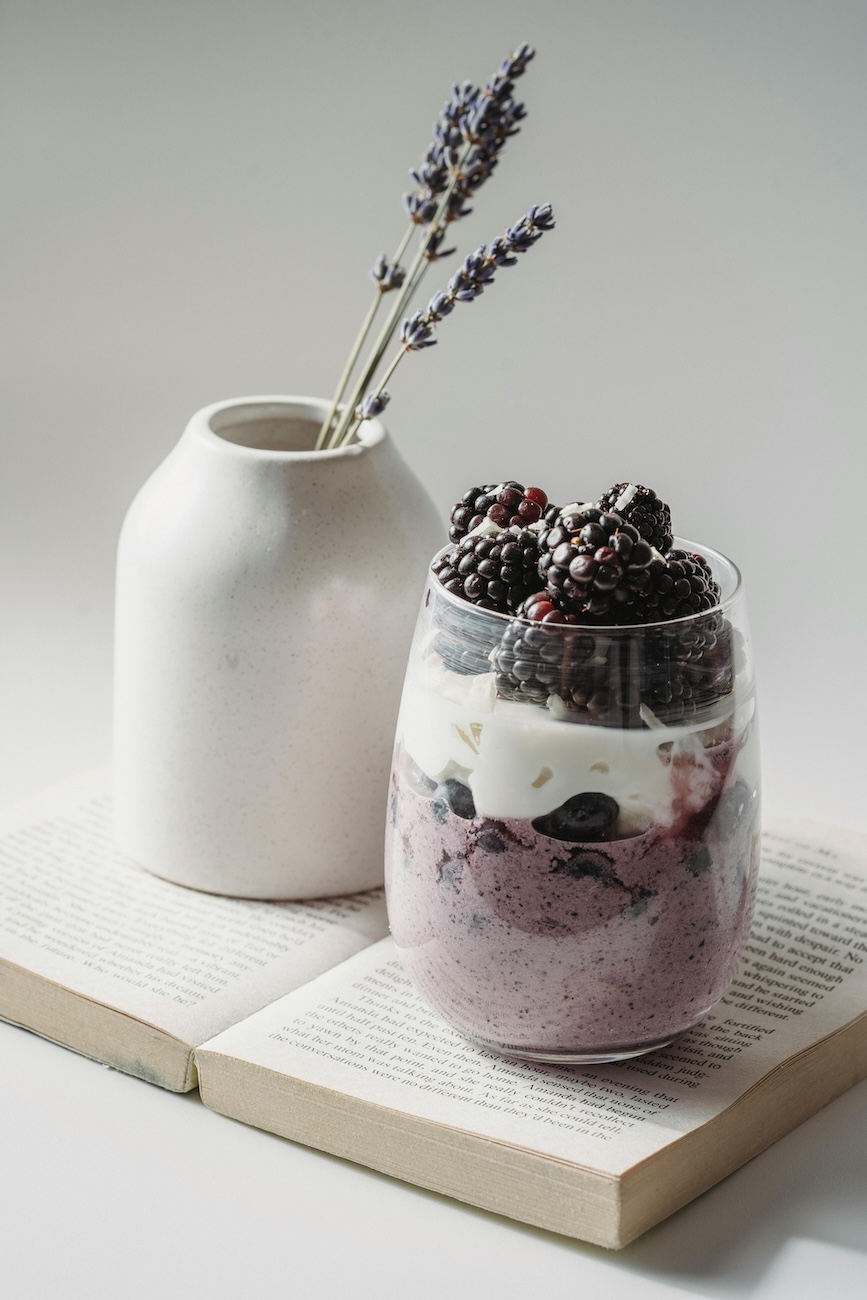
Section 3: Best Practice for Blending Botanicals in Smoothies
Smoothies are a great base, but you need to mix smart. Here’s how to get better results.
Prep and Add in Layers:
- Start with your base: Non-dairy milk, coconut water, or citrus juice.
- Add fruit and fat: Bananas, nut butter, or avocado help smooth the texture.
- Add botanicals last: So they don’t get trapped in the blades.
- Blend, wait 30 seconds, blend again: This reduces clumping and helps texture.
Avoid:
- Mixing gritty herbs like kratom with thick protein powders — it amplifies the graininess.
- Using sweeteners too early. Adjust sweetness at the end.
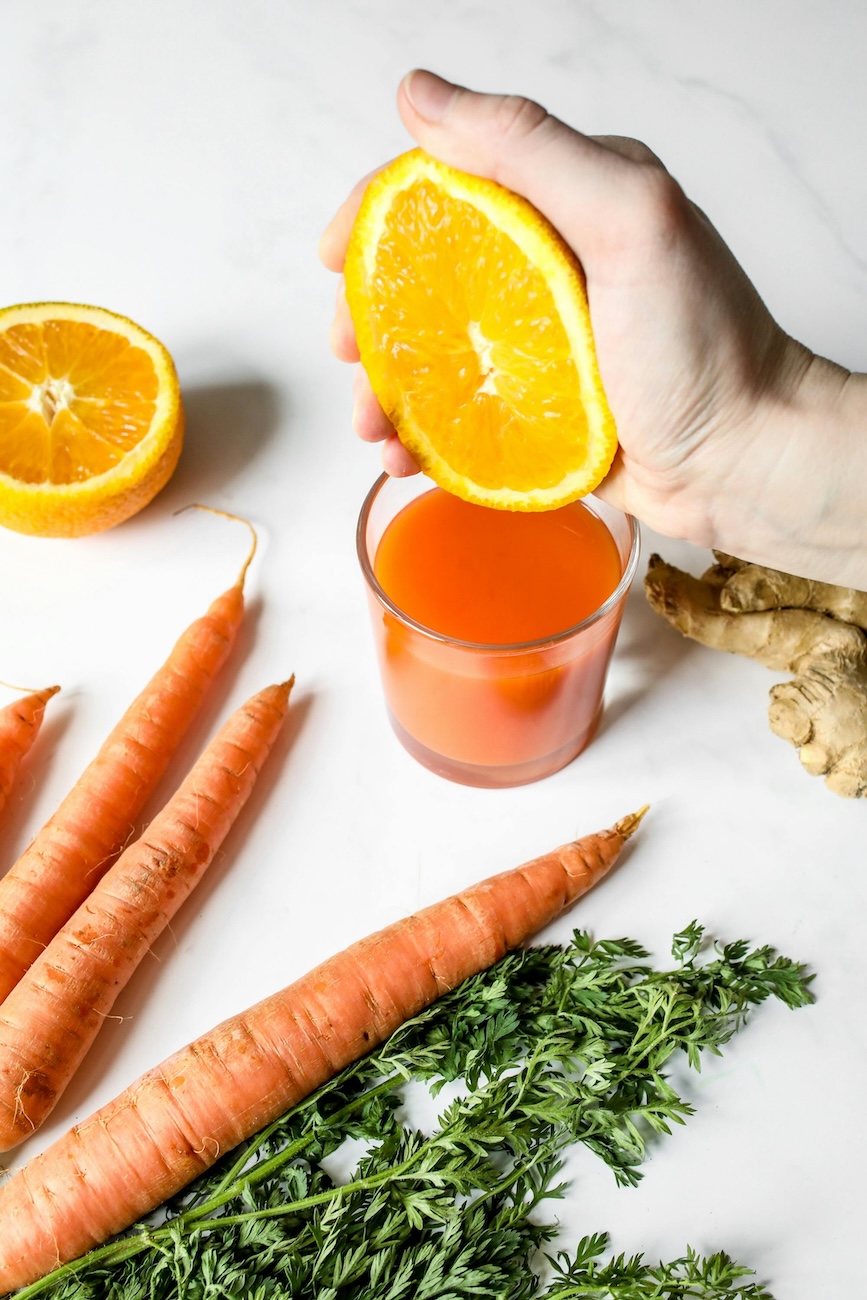
Making Potent Herbal Shots Taste Better (Without Killing the Effect)
Herbal shots are fast, effective — and hard to swallow. Here’s how to do it right:
What Works:
- Chill the shot before drinking.
- Use pineapple juice, ginger, or lemon to mask bitter tones.
- Take the shot fast, then follow with a citrus chaser.
What Doesn’t:
- Diluting with sugary mixers (can affect absorption)
- Heating shots in the microwave.
- Letting it sit too long after mixing—it can settle or oxidize.
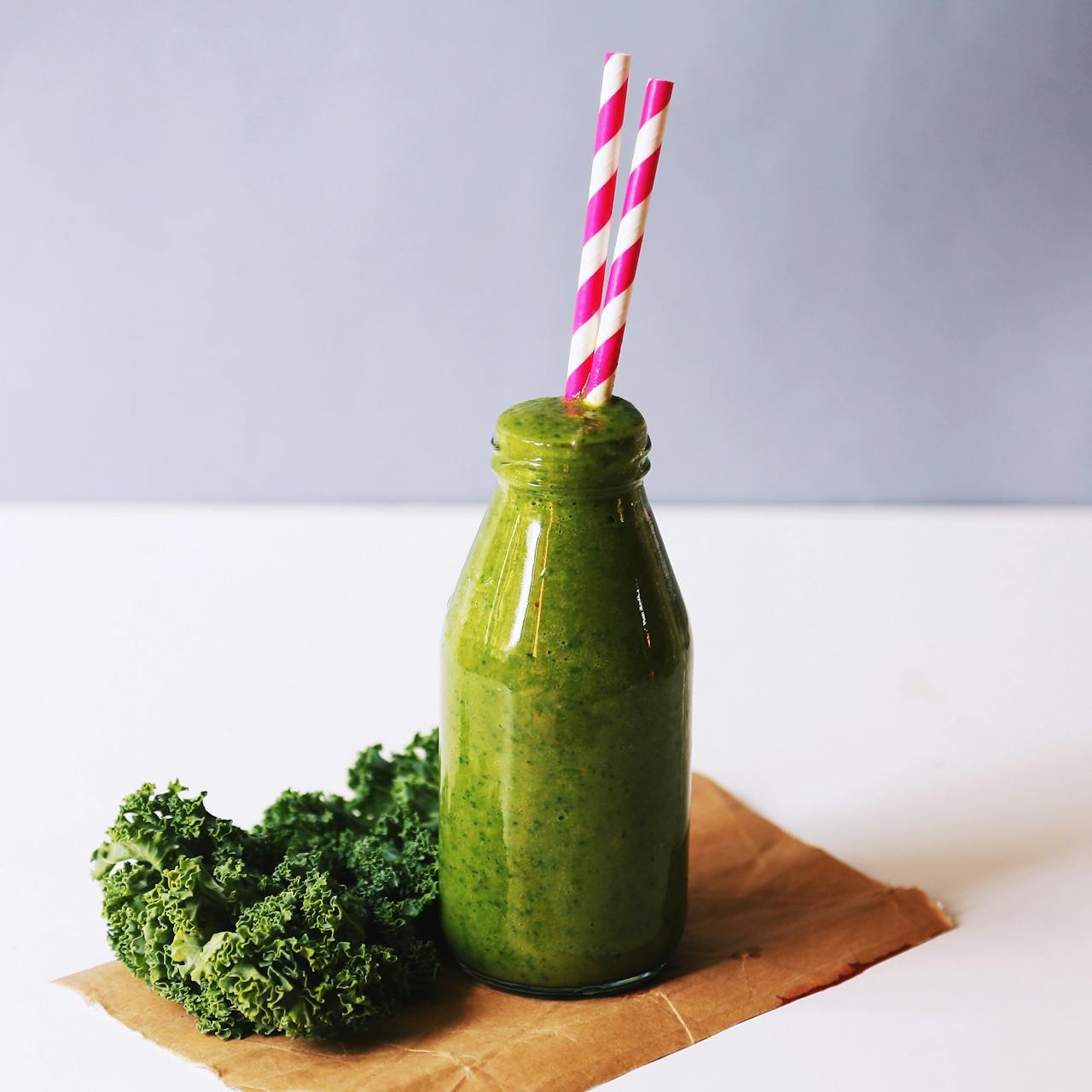
What to Do If Your Drink Still Tastes Awful
Even when you follow all the tips, some herbs just taste… bad. You still have options.
- Use a straw to avoid full contact with your tongue.
- Chill the drink—cold liquids taste less bitter.
- Follow with fruit like citrus slices or frozen grapes.
- Divide the dose into two smaller servings to reduce the impact.
Worst case? Consider switching to a capsule or tincture format. Potency can still be preserved if you’re using lab-tested products.
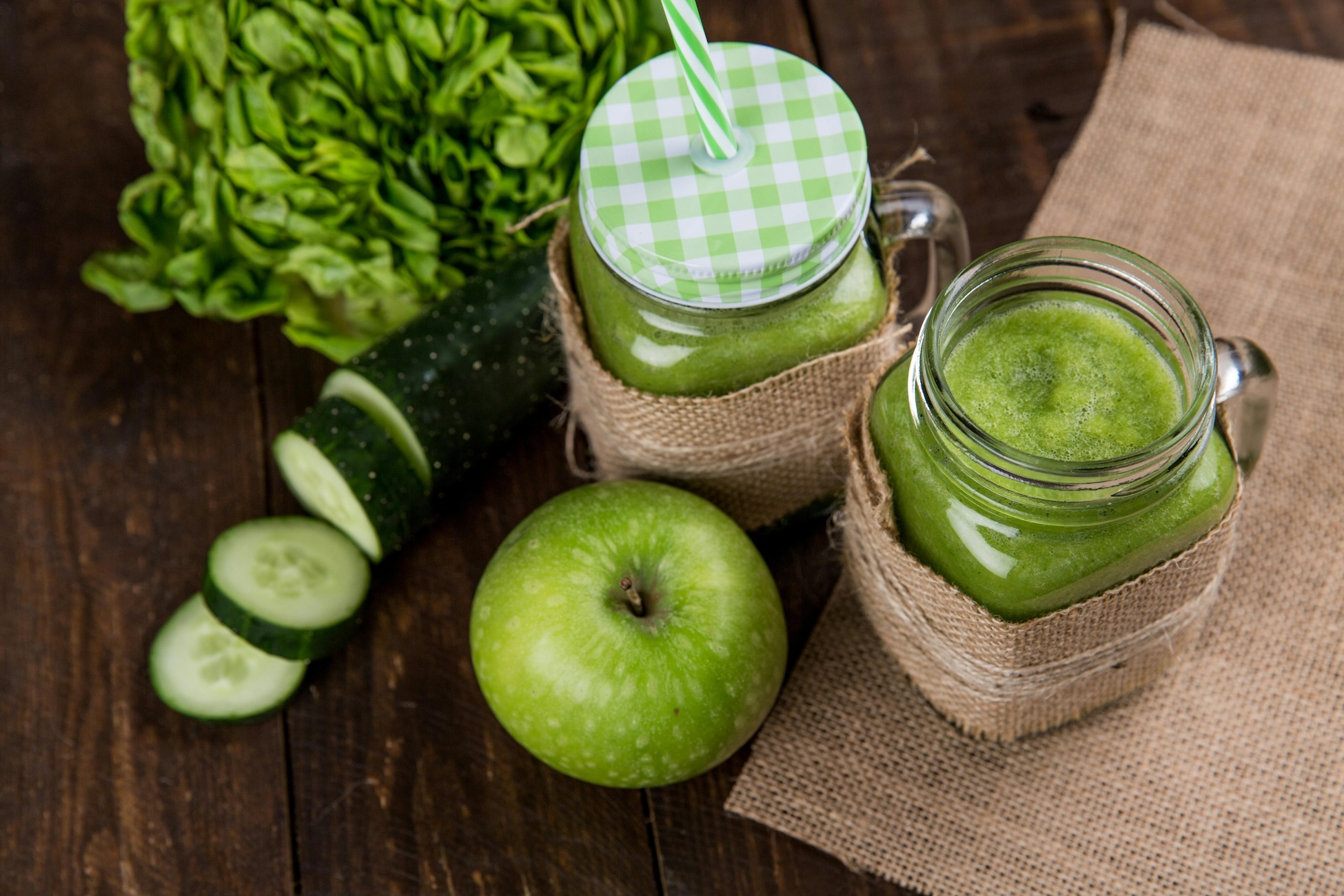
Final Thoughts: Botanical Drinks Work—If You Mix Them Right
Smoothies, teas, and wellness shots can be powerful delivery methods for herbal products, but they come with quirks. Getting the most out of your blend means:
- Respecting the natural properties of each ingredient
- Avoiding common prep mistakes
- Using flavor, emulsification, and smart timing to your advantage
You don’t have to sacrifice taste for function—or vice versa. With a few simple shifts, your botanical drink can go from barely tolerable to something you look forward to daily.
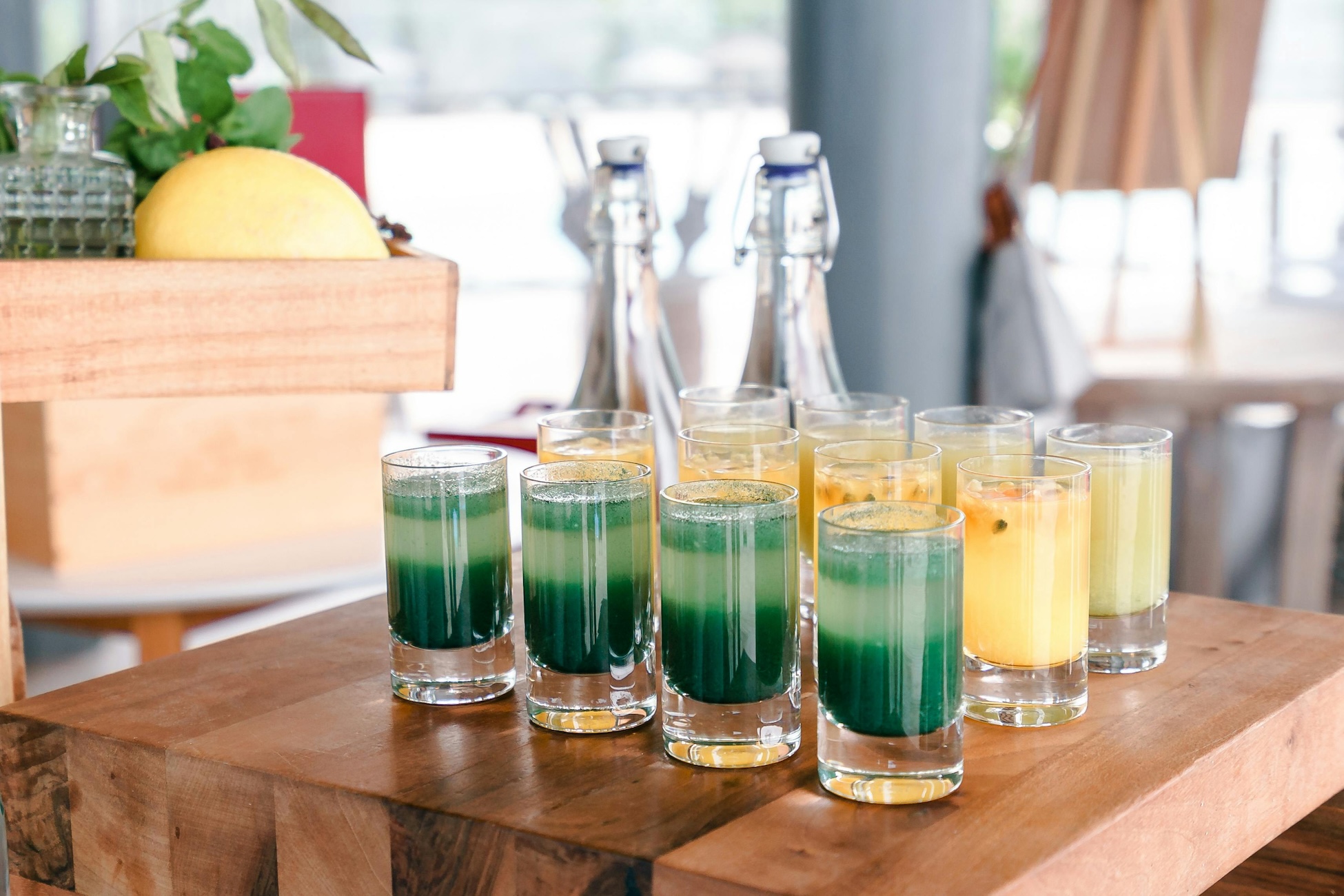
For more on the latest in luxury lifestyle and gastronomy reads, click here.

.jpg) 19 hours ago
2
19 hours ago
2
 English (US)
English (US)